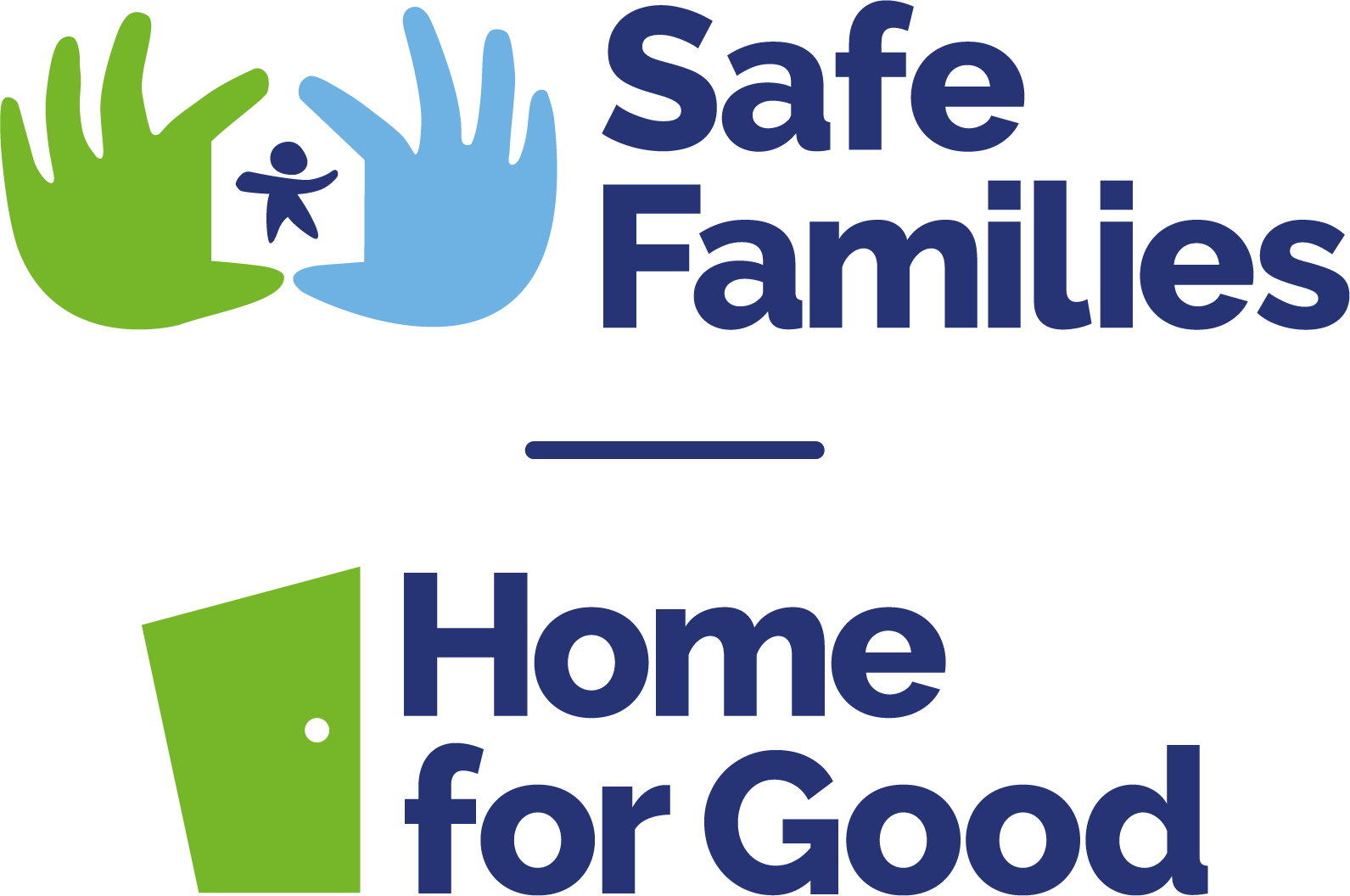Care Leavers and care-experienced young people
Care leavers and care experienced young people
- In 2021/22, there were 320 young people aged 16-18 that left care in Northern Ireland, a decrease of 4% from 2020/21 (n=332).84
- The majority of care leavers in Northern Ireland (86%) stay in care until they reach the age of 18.85
- Of care leavers aged 16-18 in 2021/22 35% did not have any qualifications at the time of leaving care, a rise in 2% since last year.86
- Of care leavers aged 19 years, 74%* are in education, training, or employment, a 4% increase from the previous year (*for whom information was available).87
Care leavers and care experienced young people
- 30% of school leavers who were in care during 2021/22 were not in further or higher education, employment, or training 9months after leaving school, compared to 7% of all school leavers.48
- 25% of prisoners self-identified as care experienced, with 16% of care experienced prisoners having had more than six different placements whilst in care.49
- It is estimated that 17% of young people leaving care who are eligible for aftercare go on to make a homeless application.50
- 5% of all homeless households with a household member under the age of 25 contain a member under 25 that has been looked after by their local authority as a child.51
Care leavers and care experienced young people
- In 2019, 54% of care leavers were in education, training, or employment 12 months after leaving care.66
- Around 20% of homeless people in Wales are care leavers.67
- 25% of adult prisoners are care experienced.68
Care leavers and care-experienced young people
- In 2023 12,200 young people in England aged out of the care system on their 18th Birthday. This has increased by 2% since 2022, and increased by 7% since 2019.26
- The number of care leavers aged 18-25 facing homelessness in 2022/23 has risen to 3,710, a 9% increase from the previous year (n=3,390).27
- Care leavers make up 25% of the adult homeless population.28
- Almost 25% of the adult prison population have previously been in care,29 and nearly 50% of under 21-year-olds in contact with the criminal justice system have spent time in care.30
- Looked-after children are more at risk of interacting with the criminal justice system in early adulthood than their peers. Among looked-after children 52% were convicted of a criminal offence by the academic year they turned the age of 24, compared to 13% of children who had not experienced care.31
- 8% of care leavers aged 17 years; 3% of care leavers aged 18 years and 6% of care leavers aged 19-21 are in accommodation considered to be unsuitable.32
- 38% of care leavers aged 19-21 years are not in education, employment, or training (NEET), compared to 13% of all 19- to 21-year-olds. The number of care leavers aged 19-21 who are not in education, employment, or training has decreased by 3% since 2022.33
- Just 14% of care leavers enter HE by their 19th birthday, compared to 47% of the wider population.34
- Care-experienced applicants are 179% more likely to apply for health and social care degrees than non-care-experienced students, and 50% more likely to apply for nursing and midwifery.35
I would like to find out what is
going on in my area





